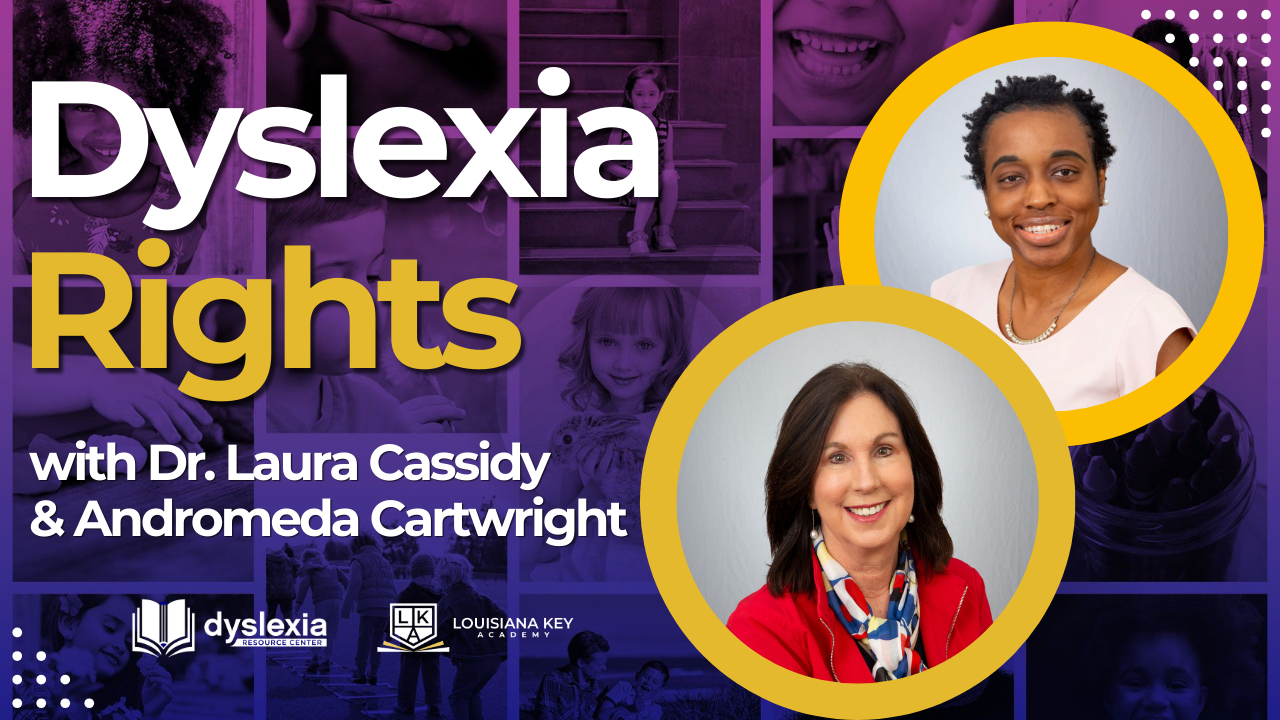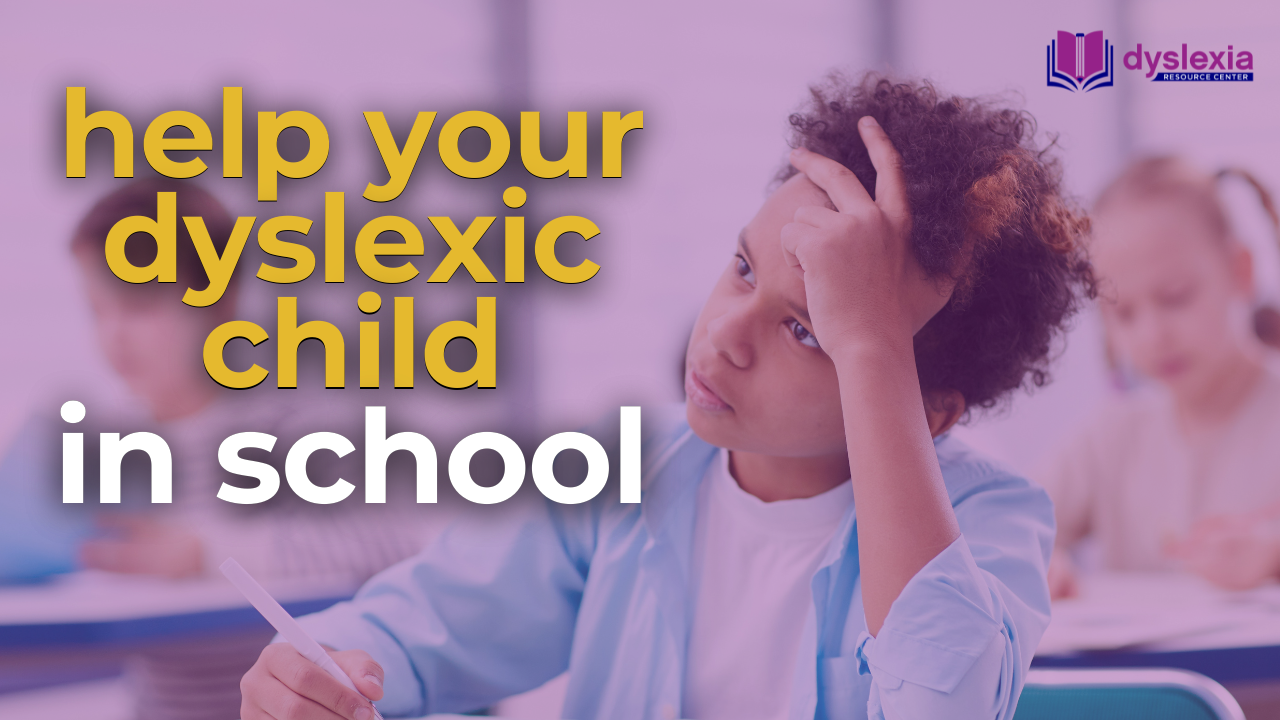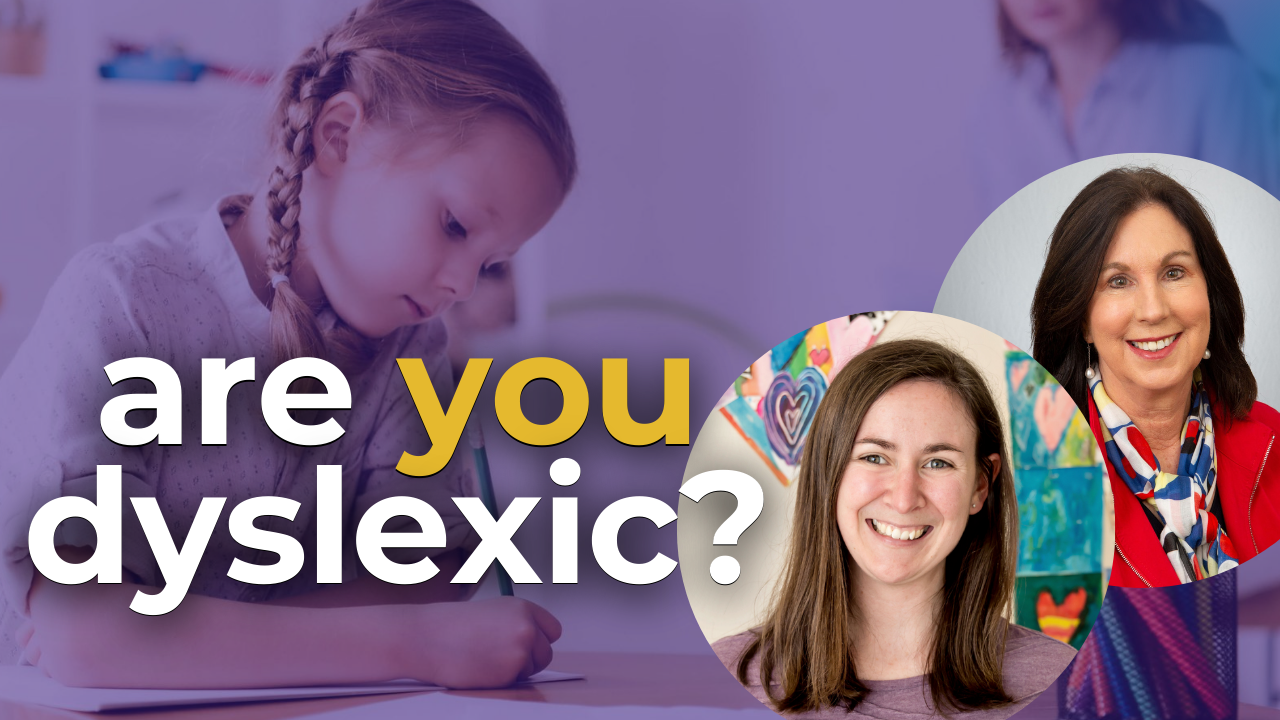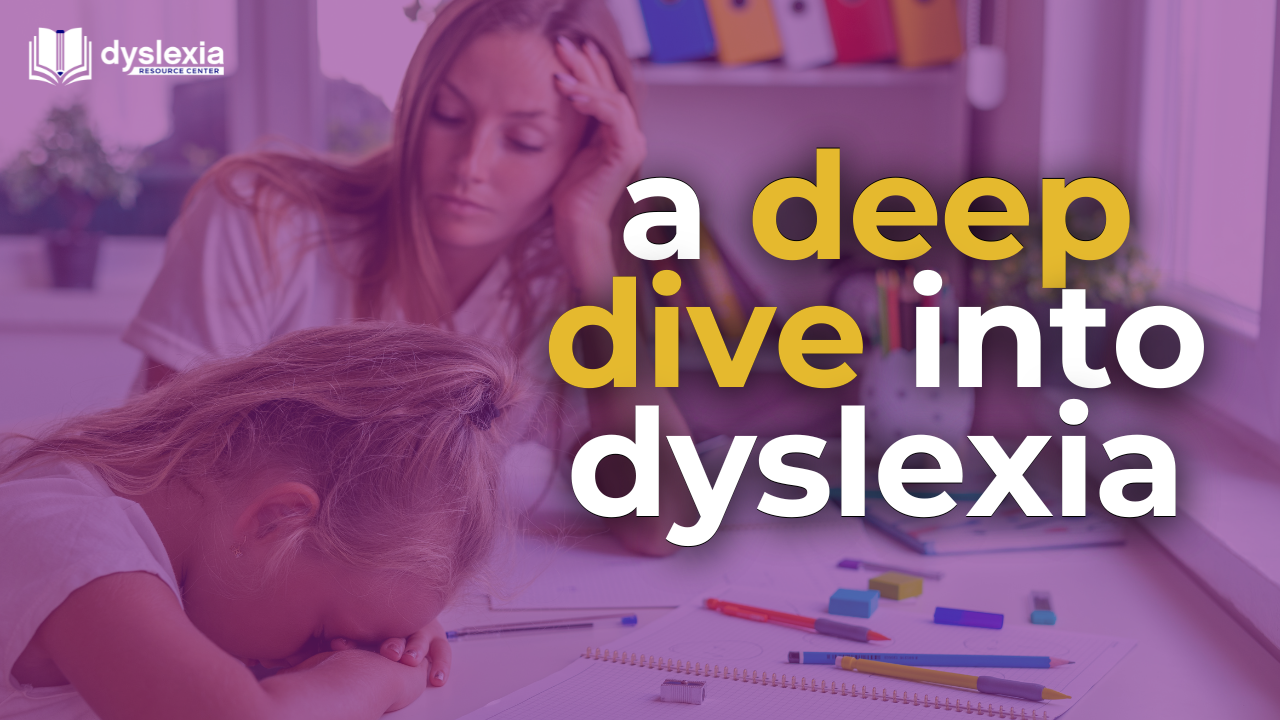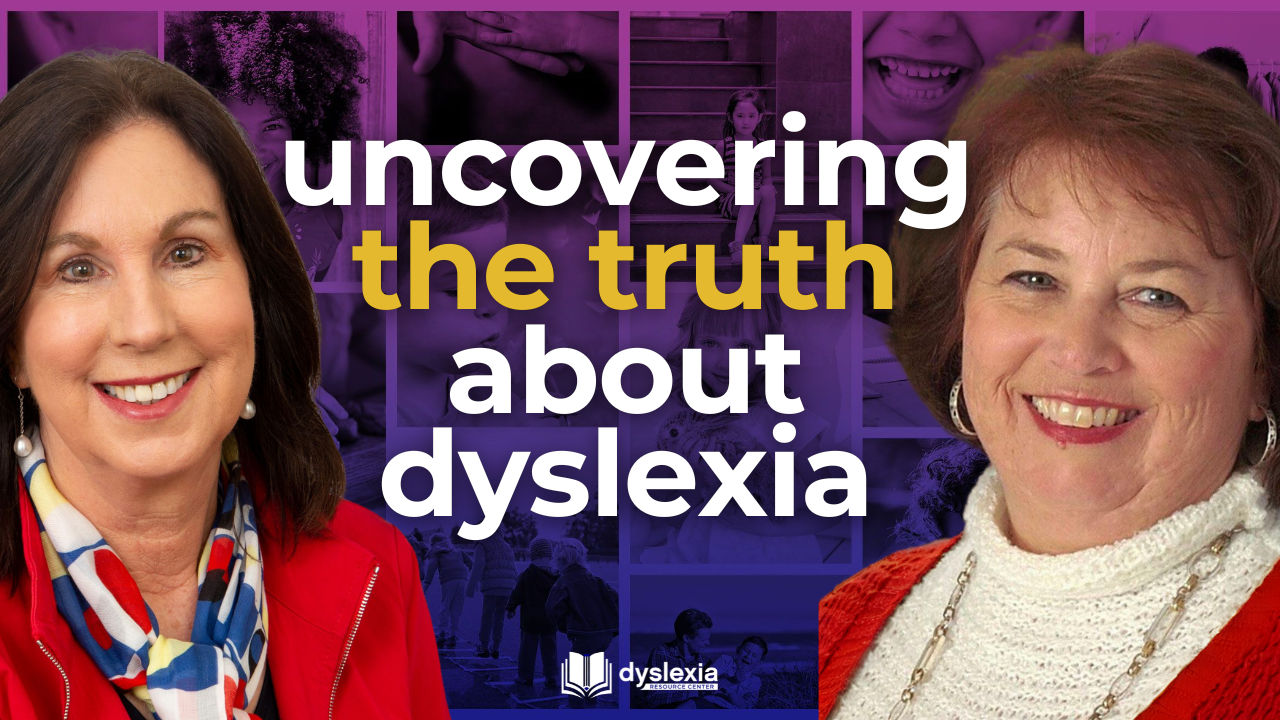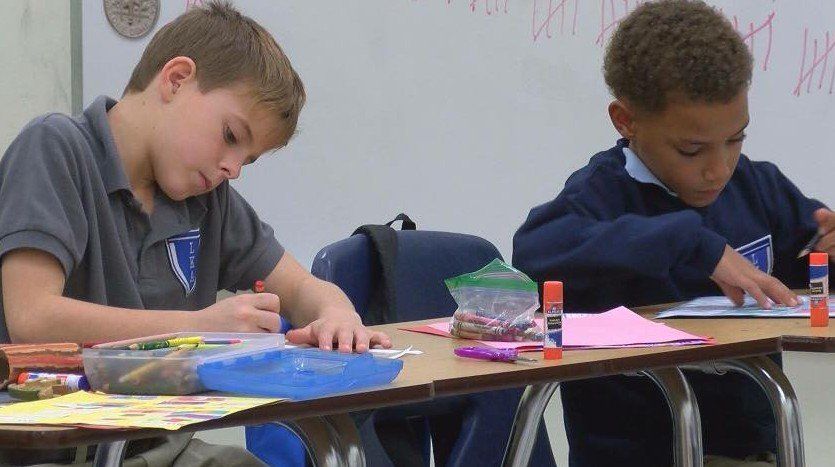Call Us (225) 384-5484
7 Strategies To Help Your Child With Dyslexia Succeed In The Classroom
Supporting your child with dyslexia in the classroom is an absolute must. We believe every child, including those with dyslexia, deserves a fair shot at academic success. The good news? With some fantastic strategies up our sleeves, we can help your child shine, even in the face of dyslexia's challenges. Check out these seven dynamite strategies for parents like you, who want to supercharge your dyslexic child's classroom experience!
We think you should be aware of the following to help the one in five with dyslexia.

7 Ways You Can Help Your Child Succeed In The Classroom
1. Early Diagnosis
In the world of education and child development, timing is everything. When it comes to dyslexia, identifying it early can make all the difference. While the earliest reliable diagnosis typically occurs at the end of kindergarten, there's a proactive step we can take to spot dyslexic superheroes even earlier in their journey using universal screening.
Why is it vital? It's all about providing dyslexic students with the support they need to bridge their learning gaps.
We want to introduce you to the Shaywitz Dyslexia Screener – an evidence-based tool that is efficient, inexpensive and can be administered by a dedicated teacher as early as kindergarten. If your child is deemed "at risk," psychometric testing can follow to confirm if they are dyslexic.
Here's the serious truth we can't ignore: once we hit 1st grade, things start to get real. The academic gap for dyslexic students becomes apparent, and their non-dyslexic peers are racing ahead in the world of reading. This is why we emphasize the importance of having evidence-based instruction in place for our 1st grade dyslexic champions.
Stay with us as we delve deeper into this vital topic, exploring the ways we can empower and uplift all students on their educational journeys.
2. Effective Reading Instruction for Dyslexic Students in 1st Grade
For 1st-grade dyslexic students, effective reading instruction is a priority. It is recommended to have small group sessions, limited to six students, led by a trained teacher for 90 minutes daily. This approach is based on Orton Gillingham (OG), known for its systematic and explicit methods.
We start by building a strong foundation in phonemic awareness through engaging activities like rhyming and syllable breakdown. Then, we progress to phonics instruction, teaching your child how to analyze and sound out words. This intensive 90-minute daily instruction aligns with the National Reading Panel's recommendations.
Additionally, your child will have dedicated time to read aloud during these sessions. Their teacher may provide constructive feedback to enhance vocabulary and fluency. This personalized approach in 1st grade sets the stage for your child's reading success.
3. Embracing Multi-Sensory Teaching for Dyslexic Children
A key strategy for supporting your child with dyslexia in the classroom is through multi-sensory learning activities. These activities can be particularly beneficial for children with dyslexia because they enhance memory and recall, improve focus and engagement and build deeper connections to the material.
For instance, when teaching spelling, involve sight (looking at the word), sound (hearing the word pronounced), touch (tracing the word), and movement (writing the word). This multi-sensory approach gives children multiple ways to remember information.
4. Assistive Technology
The power of assistive technology tools can't be underestimated when it comes to helping your child with dyslexia. This broad term encompasses various software, apps, and devices designed to enhance reading, writing, and comprehension skills for those who struggle with dyslexia.
Here are some examples:
- Text-to-speech software converts written text into spoken words, helping your child understand text better.
- Word-prediction programs suggest words as your child begins to type them, reducing spelling errors and increasing writing speed.
- Audiobooks can replace traditional reading material, allowing your child to focus on comprehension without the struggle of decoding words.
By using assistive technology tools such as text-to-speech softwares and audiobooks, you can strategically open up a new world of possibilities for your child.
5.
Dyslexia-Friendly Classroom Environment
Having a supportive and inclusive environment for your child is crucial, especially for those with dyslexia. An inclusive classroom environment ensures that every child feels valued, reducing feelings of isolation or difference that can hinder learning.
For children with dyslexia, a supportive environment can make a significant difference in their educational experience. It is essential that your child’s teacher has been formally trained in working with dyslexic children and uses evidence-based instruction to accommodate your child’s needs.
6. Supportive Homework Routine
Supporting your dyslexic child is a rewarding journey. Create a quiet homework space, and always remember, tough times don't define their potential. Foster a love for reading with books they love and explore text-to-speech options as they grow.
Engage your child in enriching conversations and watch educational videos together while embracing a growth mindset. With your dedication, we can empower your child to thrive.
7.
Learn the Sea of Strengths
We're excited to introduce you to the empowering Sea of Strengths model, developed by the esteemed Dr. Sally Shaywitz. This model provides a comprehensive understanding of dyslexia that can truly make a difference in your child's journey.
Dyslexia presents a unique challenge, primarily in the realm of phonological processing, impacting reading, spelling, and writing abilities. However, what sets dyslexic individuals apart are their remarkable strengths. They excel in higher-level thinking, exhibit exceptional reasoning and shine by showcasing their creativity and empathy.
Our mission is to guide you in recognizing and nurturing these strengths within your child. It's not just about addressing challenges but also about celebrating and empowering their exceptional abilities. By providing opportunities for your child to showcase their strengths, we help them embark on a path to success and self-discovery.
With the Sea of Strengths model as your guide, we're here to support your child's unique journey and empower them to thrive. Find more information about the Sea of Strengths model by visiting this link.
Conclusion
By embracing the strategies discussed in this article, parents like you can come together with your child’s teacher to cultivate an empowering learning environment. It's a place where your child can not only overcome challenges but also shine and reach their full potential.
For a wealth of additional resources on supporting your child's success with dyslexia, we invite you to explore our dedicated Parents and Caregivers page by
clicking here.

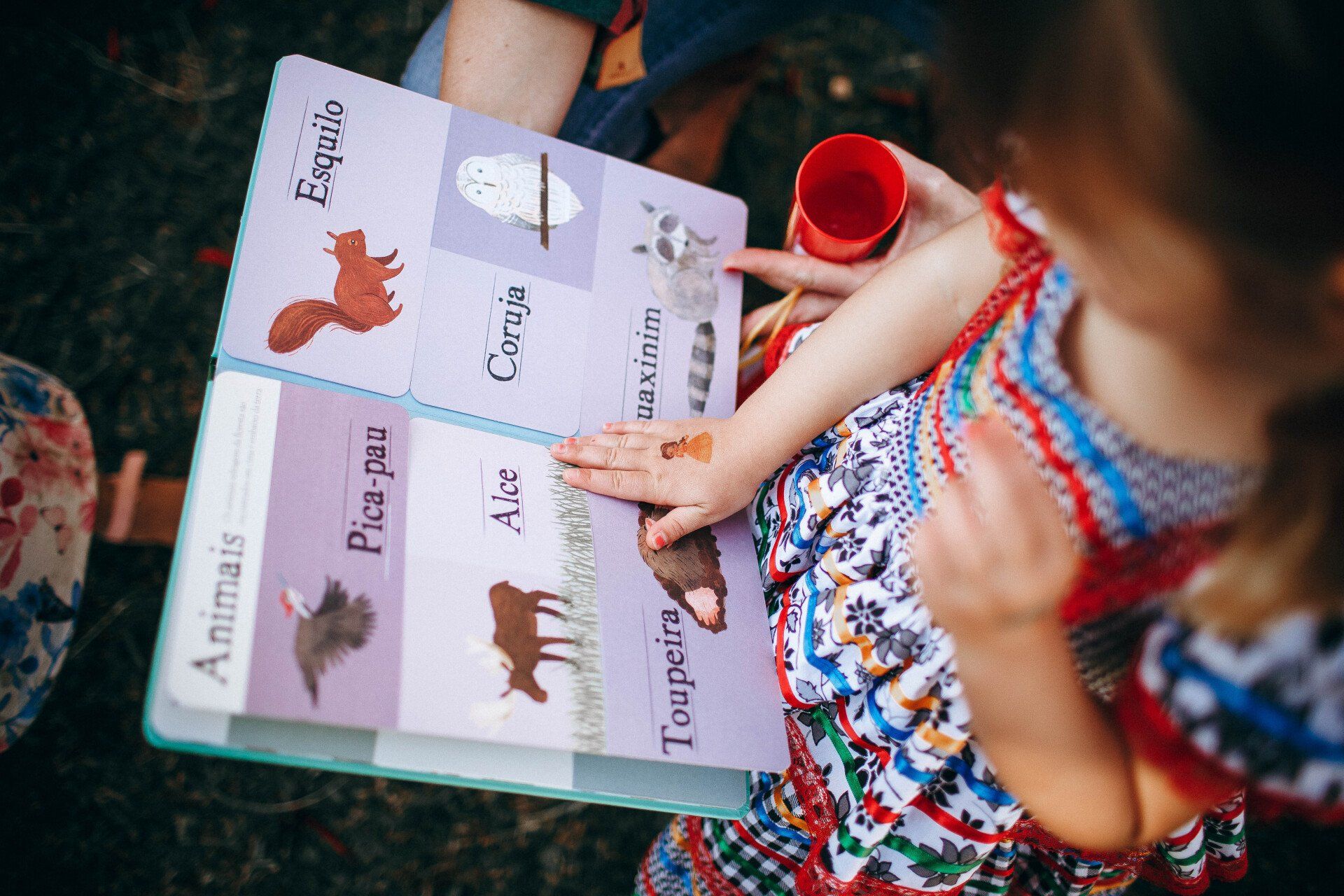

Quick Links
What is Dyslexia?
Dyslexia Services
WHO WE ARE?
The Dyslexia Resource Center was started by a group of concerned parents, medical doctors, and advocates who simply want everyone to know the truth about dyslexia, based on the most current science, and how that knowledge can translate into success in the classroom.
WHAT IS DYSLEXIA?
An unexpected difficulty in reading for an individual who has the intelligence to be a much better reader.
All Rights Reserved | Dyslexia Resource Center


